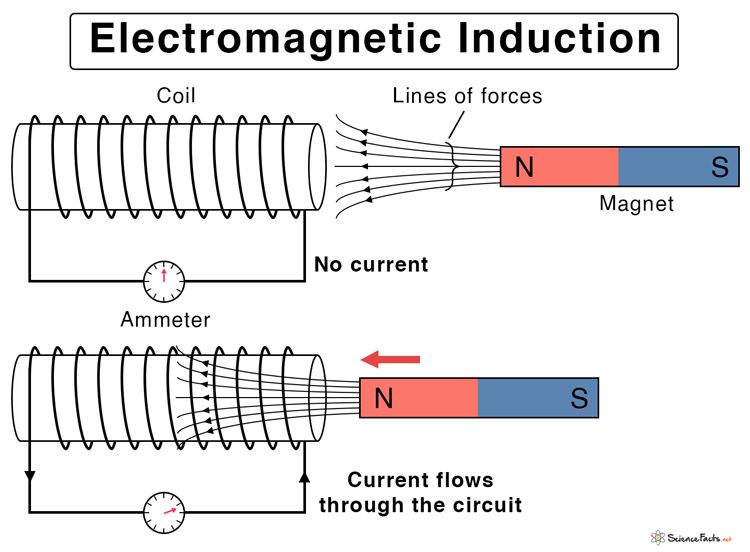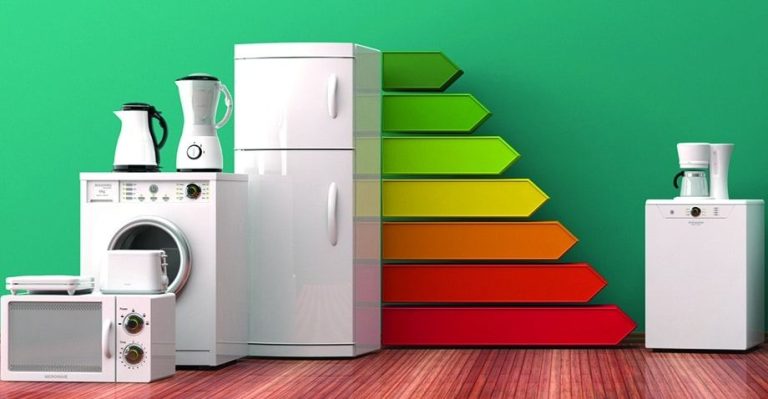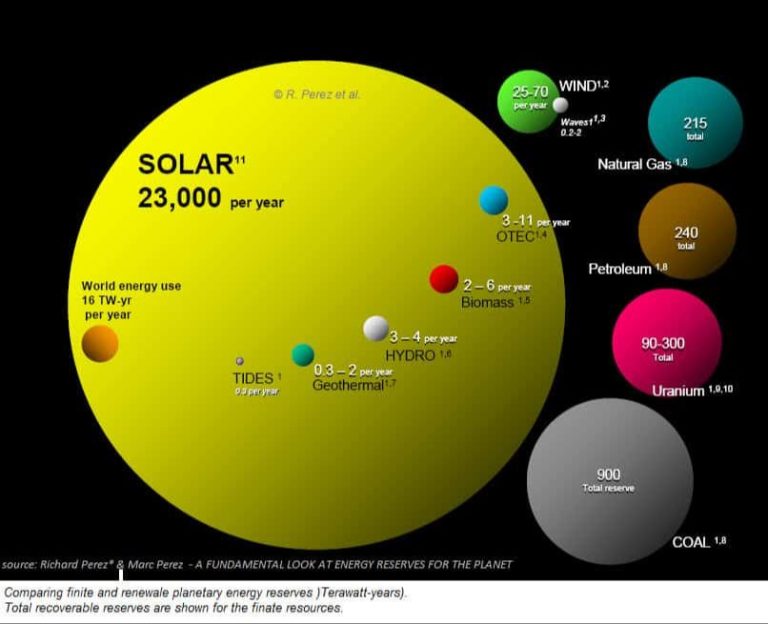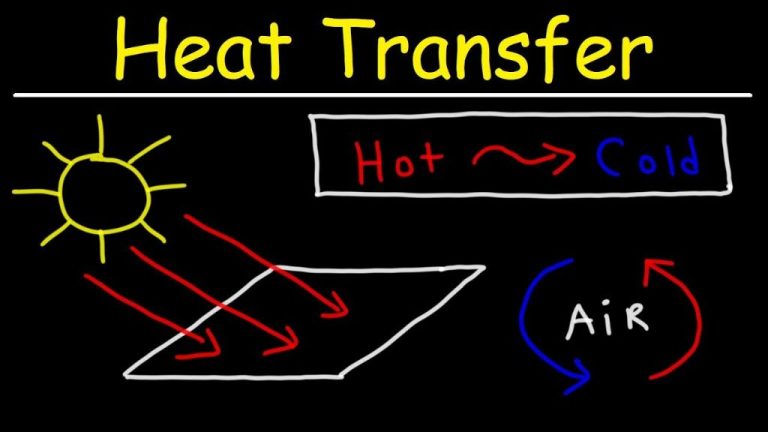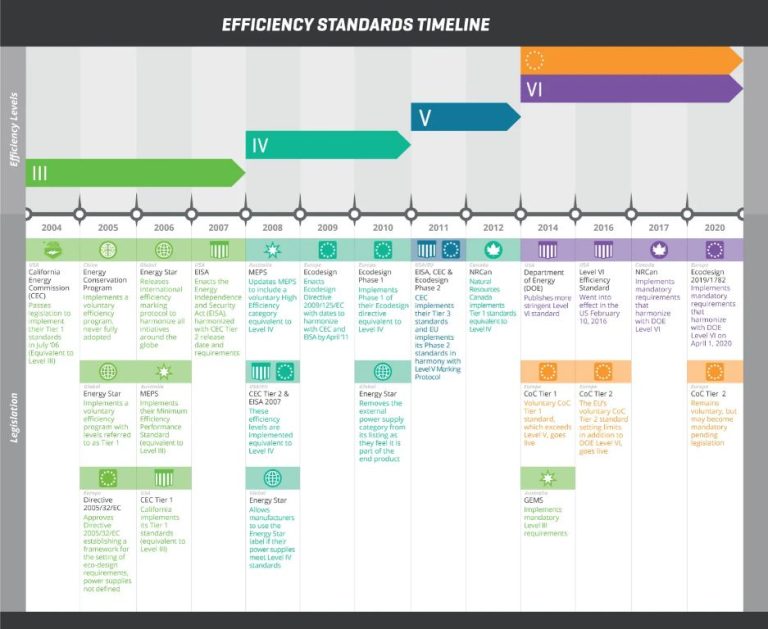Which Equipment Is Electrical Energy To Light Energy?
Electrical energy is energy contained in the flow of electrons through a conductor, such as wires and cables. Light energy, also known as luminous energy, is a form of electromagnetic radiation that can be perceived by human eyes. In certain equipment, electrical energy can be converted into light energy through different processes.
When electrons move through a conductor from low energy to higher energy levels, energy is released in the form of light photons. The most common way electrical energy gets converted to light energy for illumination is through various types of electric lamps and lighting devices. Inside these devices, the electrical current heats a metal filament or excites certain gases, causing them to emit light.
Incandescent Light Bulbs
Incandescent light bulbs were the first commercially successful electric lamps invented by Thomas Edison and his team in 1879. They work by passing electricity through a thin wire filament, usually tungsten, which heats up to incandescence and produces visible light. The glass bulb contains a mixture of inert gases that surrounds the filament to prevent oxidation.
Some key advantages of incandescent bulbs are that they are inexpensive to produce, provide a warm light quality, work well with dimmers, and turn on instantly at full brightness. However, they are very inefficient, converting only about 10% of electricity into light with the rest turned into heat. They also have a short lifespan of 750-2,000 hours.
Fluorescent Lamps
Fluorescent lamps were developed in the 1930s as a more efficient alternative to incandescent bulbs. They work by running an electrical current through a glass tube filled with mercury vapor and a small amount of argon gas. The current excites the mercury atoms, causing them to emit ultraviolet (UV) light. The inside of the glass tube is coated with a fluorescent phosphor coating that absorbs the UV light and re-emits it at longer wavelengths that are visible to the human eye.
Compared to incandescent bulbs, fluorescent lamps are much more energy efficient, producing around 4 times as much light per watt. They also last around 10-20 times longer. However, fluorescent lighting does have some downsides. The mercury content makes disposal more difficult. Fluorescent lamps also produce a less natural quality of light compared to incandescents and can cause flicker that some find distracting. Modern fluorescent lamps have improved in color quality and allow for dimming, helping overcome these drawbacks. Overall, fluorescent lamps revolutionized energy efficient lighting, and still play an important role today thanks to their efficiency and long lifespans.
LED Lights
LED stands for “light emitting diode”. LEDs were first invented in the 1960s, but didn’t become widely used for lighting until the 1990s when their efficiency and brightness improved. Unlike incandescent bulbs that use a heated filament to produce light, LEDs use a semiconductor chip and electrodes that emit light when voltage is applied.
When electricity passes through the semiconductor, electrons release energy in the form of photons or light. This process of turning electricity directly into light makes LEDs extremely energy efficient compared to incandescent bulbs which waste over 90% of their energy generating heat instead of light. LEDs use around 75% less energy and last 25 times longer than incandescent bulbs.
![]()
Compared to fluorescent lighting, LEDs turn on instantly, are more durable, and don’t contain hazardous mercury. On the downside, LEDs have a higher upfront cost. But their longevity and efficiency lead to long-term savings on energy bills. As the technology continues to evolve, LED light quality and color options have vastly improved.
Halogen Lights
Halogen lights are a type of incandescent bulb that use halogen gas to extend the life of the filament. They operate in a similar way to traditional incandescent bulbs by heating a tungsten filament to produce light, but the halogen cycle helps the filament last longer.
The key difference is that the bulbs contain a small amount of halogen gas, such as iodine or bromine, inside the glass enclosure. When the tungsten filament evaporates over time, the hot halogen gas causes the tungsten atoms to move back to the filament rather than plating the glass enclosure. This recycling effect lets the filament last 2-3 times longer than a regular incandescent.
Halogen bulbs have some advantages over traditional incandescent bulbs:
- Longer lifespan – halogen bulbs can last 2-3 times longer than regular incandescents
- Better efficiency – halogens produce around 20-30% more lumens per watt
- Compact size – the gas allows high temperatures in a smaller bulb
- Good color rendering – halogen lights produce a warm, bright light
However, halogens have some downsides compared to newer lighting technologies:
- Less efficient than CFLs or LEDs – they still waste energy generating heat
- Shorter lifespan than LEDs – only last around 2-3 years
- Produce more heat – the high operating temperature makes them hot to the touch
- Not as eco-friendly – they contain mercury like CFLs
While halogen bulbs offer some improvements over incandescents, they are being phased out in many regions due to less efficient performance versus CFL and LED lighting. But they remain a good transitional option for consumers wanting a more efficient incandescent-like light.
Neon Lights
Neon lights have been around since the early 20th century and were instrumental in the golden era of advertising and signage. The history of neon lighting begins in 1910 when French engineer Georges Claude developed a means of applying an electrical charge to gas in a sealed glass tube, causing it to glow. By 1913, the first neon lamps and signs were introduced to the public.
Neon lights work through electrified glowing tubes containing neon or other gases. The tubes are filled with a large amount of gas, with a small amount of mercury and electrodes at each end. When high voltage is applied, the mercury becomes energized and emits ultraviolet light. The ultraviolet light then excites the neon gas atoms, causing them to emit the bright glow that neon signs are known for.
Today, neon lighting is still widely used for signage, decor, and artwork. From the bright lights of Las Vegas and Times Square to restaurants and retail stores, neon signs can attract attention and convey visual styles. Neon is also popular for art, channel letter signs, and creative architectural lighting. The popularity of neon endures for its nostalgic appeal and the striking visual effect the glowing tubes can create.
Comparison
When deciding which type of lighting to use that converts electrical energy to light energy, it is helpful to compare the key attributes of the different options side-by-side. Here is an overview:
| Light Type | Efficiency | Lifespan | Color | Cost |
|---|---|---|---|---|
| Incandescent | Poor | 1,000 hours | Warm | Cheap |
| Fluorescent | Good | 10,000 hours | Cool | Moderate |
| LED | Excellent | 25,000 – 50,000 hours | Variable | Moderate/Expensive |
| Halogen | Good | 2,000 – 4,000 hours | Warm | Moderate |
| Neon | Good | 10,000 – 15,000 hours | Red/Orange/Other | Moderate |
As you can see, factors like efficiency, lifespan, light color, and upfront cost can vary significantly between different electrical lighting options. LED lights tend to have the best longevity and efficiency, while incandescent lights are the cheapest option but have very short lifespans. The key is choosing the right lighting type for your specific needs and situation.
Environmental Impact
When it comes to environmental impact, the type of lighting used can make a significant difference in electricity usage and light pollution.
Incandescent bulbs are very inefficient, converting only about 10% of energy input into visible light. The rest is wasted as heat. This makes them high energy consumers. Fluorescent lamps are more efficient, converting about 20% of energy input. LED lights are the most efficient, converting 45-80% of energy into light. So LED and fluorescent lights use much less electricity than incandescents.
Incandescent and fluorescent lights require mercury and lead for operation, so they must be disposed of properly. LEDs do not contain hazardous materials, making them safer for the environment.
Regarding light pollution, incandescents tend to have more of a yellow light that provides better color rendition at night. Fluorescent and LED lights emit more blue light that can cause glare and disrupt circadian rhythms of humans and animals. Proper shielding helps reduce this effect.
Overall, LED lights rate the best for environmental impact due to high energy efficiency, lack of hazardous materials, and ability to direct/shield light to reduce pollution. Fluorescent lamps are second best. Incandescents rank the worst due to high electricity usage and materials that require special disposal.
Recommendations
When choosing lighting for your home or business, consider the following recommendations:
For general purpose lighting in most rooms, LED lights are the best option. They are energy efficient, long-lasting, and provide good quality light. Choose warmer color temperatures like 2700K for bedrooms and living spaces, and cooler 5000K lights for kitchens, bathrooms, and work areas.
For task lighting like desk lamps, halogen lights provide brighter, whiter light perfect for reading and detailed work. Go for an Energy Star rated halogen bulb to save energy.
Fluorescent tubes are ideal for garage and basement lights where you need to cover a large area brightly and efficiently. Pair with an electronic ballast for the best energy savings and performance.
For accent lighting, neon, LED strips, or colored incandescent bulbs add visual interest and set a mood. Use smart bulbs to control colors and brightness.
Consider lifespan, efficiency, light quality, dimmability, and controllability when choosing bulbs. Also factor in upfront cost vs long term energy savings.
Choose ENERGY STAR certified bulbs whenever possible for the highest efficiency and quality.
Conclusion
In summary, there are several common types of equipment that convert electrical energy into light energy. These include incandescent light bulbs, fluorescent lamps, LED lights, halogen lights, and neon lights. Each technology has its own advantages and disadvantages in terms of efficiency, light quality, lifespan, and environmental impact.
Key takeaways:
- Incandescent bulbs are inexpensive but inefficient, wasting much energy as heat.
- Fluorescents are more efficient and last longer, but light quality can be poor.
- LEDs are the most efficient and long-lasting option, providing excellent light quality.
- Halogens are similar to incandescents but slightly more efficient.
- Neon lights are very efficient but have limited applications.
- LED and fluorescent lights have the lowest environmental impact due to efficiency.
- For most general lighting applications, LED lights are the best overall choice.
When choosing lighting equipment, consider factors like efficiency, light quality, lifespan, and environmental sustainability. LED and fluorescent technologies offer the best combinations of these characteristics for most uses.

